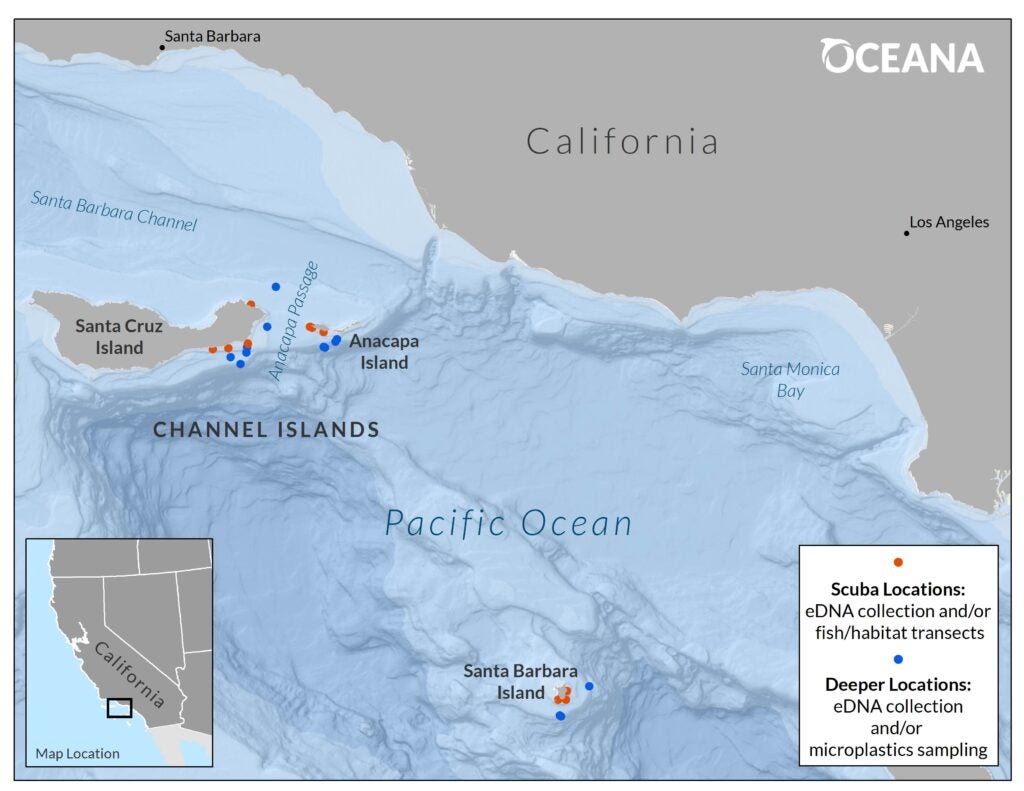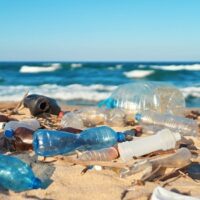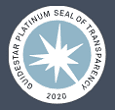First Findings from Ocean Biodiversity Research Expeditions off Southern California
Ocean life leave behind trace amounts of genetic material in the water (such as mucus, skin, scales, and feces). By collecting seawater samples researchers can use a cutting-edge research method called environmental DNA (eDNA) metabarcoding to detect living organisms that live in or traverse a specific ocean region. In this method, DNA segments from each organism contained in the water samples are isolated, amplified, and sequenced in a lab and compared to a DNA database—akin to matching human fingerprints.
In 2024 Oceana completed two expeditions in partnership with prestigious Swiss watchmaker, Blancpain, and in collaboration with marine geneticist Dr. Adrian Munguia-Vega, to explore and document ocean biodiversity and vulnerable species off Southern California’s Channel Islands using eDNA. A third expedition is planned for November 2025. This research will help to better protect this special ecosystem and the marine life that makes these ocean waters globally important.

Initial findings from the eDNA analyses for each expedition will be posted here as they become available.
- Expedition #1 (April/ May 2024): During a five-day expedition around the Channel Islands, the expedition researchers collected water samples at shallow sites (less than 52 ft deep) while scuba diving, and at deep locations (197-337 ft deep) using specialized sampling equipment. Oceana researchers collected samples nearshore and offshore of Anacapa, Santa Cruz, and Santa Barbara Islands. The analysis of these samples detected more than 11,000 unique species, showcasing the incredible diversity of marine life in the region, including thousands of species undescribed by science.
- Expedition #2 (September 2024): The eDNA samples are currently under analysis.
- Expedition #3 (November 2025): pending





